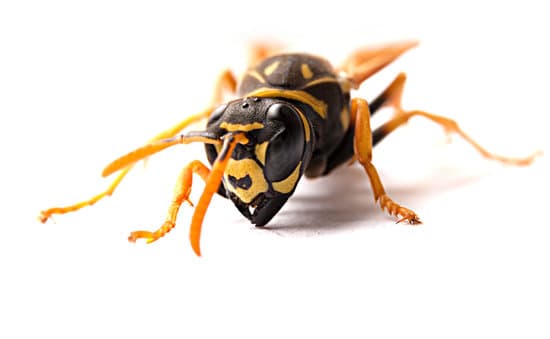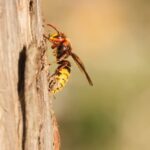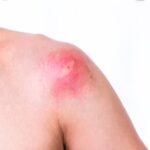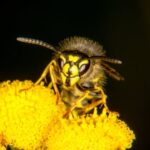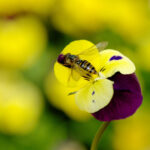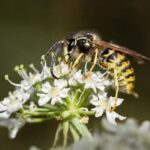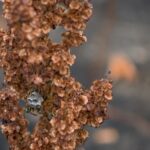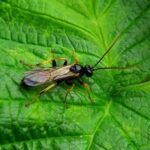Why Are There Always Wasps in Figs?
Figs are sweet, ripe, edible fruit that is sometimes sold as a base for desserts. They are often sold alone or in jams. They are also used to treat intestinal worm infections in Central America. However, some people are adamantly against eating fig products. They might not even know that the figs they eat contain wasps.
Wasps are essential for fig pollination. They lay their eggs inside the seeds of some figs. The fig produces a chemical called “ficin” that breaks down the bodies of the wasps.
The fig is a complex plant, and the process of pollination is not simple. There are several different species of figs that are dependent on wasps. The wasps’ role is crucial to the fig’s ecological survival. In fact, figs would not exist without the wasps.
Figs are pollinated by a queen wasp. The queen wasp enters a small opening called an ostiole in the fig plant. She lays her eggs inside the male flower of the fig. The pollen produced by the queen wasp is spread to the fig ovaries. Then, the fig produces more fig fruits. This process occurs until the fig ripens.
After the fig ripens, the queen wasp dies and the eggs she laid are fertilized. The fertilized female wasp begins searching for specific figs to lay her eggs. Then, the female wasp enters the fig through the small opening and begins to crawl inside. She must lay her eggs inside the male fig. The fig then produces an enzyme that digests the eggs.
